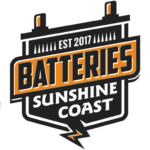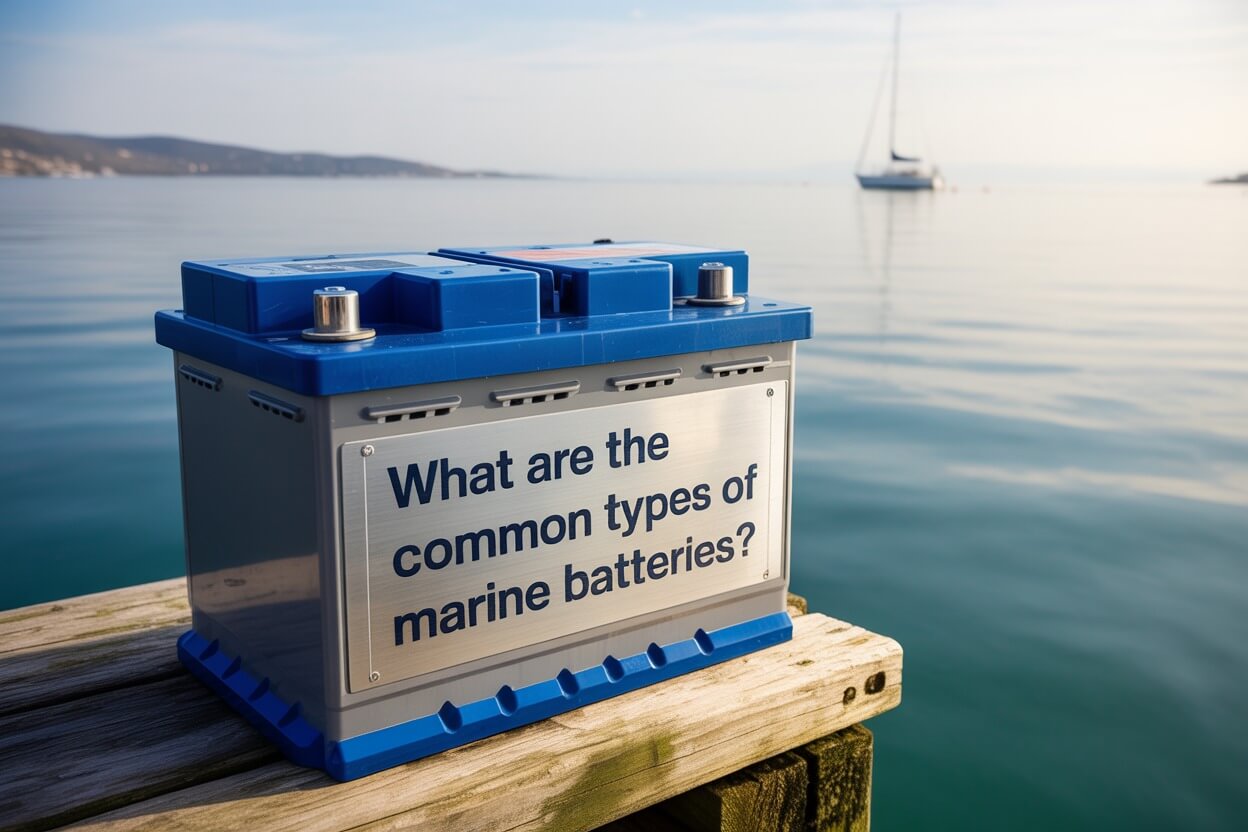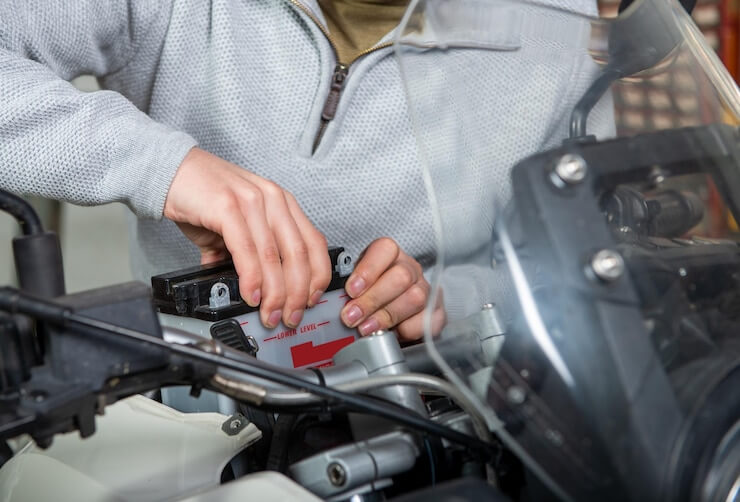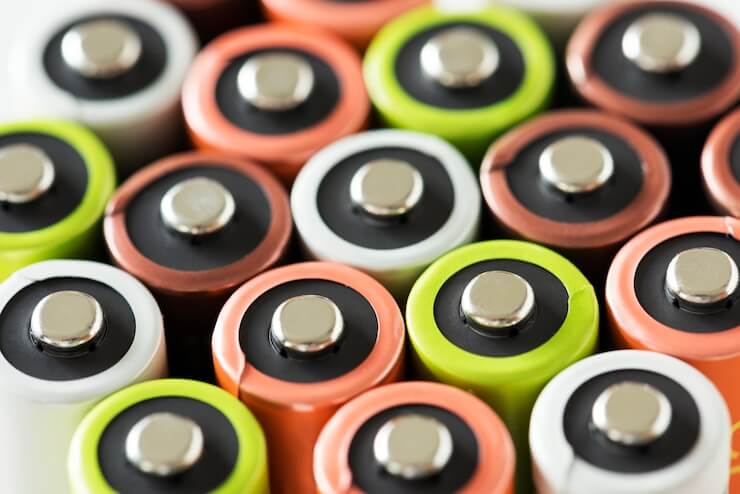Learn More About Cranking and Deep Cycle Marine Battery
Learn More About Cranking and Deep Cycle Marine Battery. As a boat owner and the responsible operator of your boat, you know how important your boat’s battery is. Without it, you cannot crank the engine, and the electrical features of your boat will not function, including the lighting, sound system, and pumps. Aside from having a battery, you should also focus on having the right marine battery for your boat.
We know there are a lot of marine batteries available in the market, and you may have a hard time finding which one is right. So, we will discuss the two most common types of marine batteries—cranking batteries and deep cycle marine batteries—so that you can know which one is suitable for your boat.
What Is a Marine Cranking Battery?
First, let’s discuss marine cranking batteries. A marine cranking battery is ideal for starting a boat. It allows a marine vessel to start by sending power to the engine when the ignition switch is activated. You should have this if you need to start your motor because it produces short and strong bursts of energy; that’s why it is also known as starter batteries.
What Is Special About a Marine Cranking Battery?
What’s so special about a marine cranking battery is that it has many thin plates. As you know, the more plate surface area inside the battery, the easier it is for the battery to provide sufficient power. That’s why if you use a marine cranking battery, starting your marine vessel will be just smooth and reliable.
What Is a Deep Cycle Marine Battery?
Despite marine cranking batteries’ powerful features, they are still less ideal for continuous discharge or “cyclic” use. A marine cranking battery can no longer provide the power and energy for your boat. That is where a deep cycle marine battery becomes useful. A deep cycle marine battery can provide your boat with that continuous and reliable power for trolling. Once your boat’s engine has started, a deep cycle marine battery can run your boat’s electronics like the sonar, GPS and radios.
What Is Special About a Deep Cycle Marine Battery?
Unlike a marine cranking battery, a deep cycle marine battery thicker plates and the plates are joined at the top and bottom of the cells, whereas a starting battery the plates are only joined at the top of the battery cells. That is what makes them special because that’s how they can provide continuous power output over long periods.
Another notable thing about deep cycle batteries is that you can drain and recharge them many times over, unlike super crank batteries. They are less likely to overheat since they have thicker plate construction that can withstand high temperatures.
Is It Possible to Use the Same Battery for Cranking and Trolling?
While it is possible, you cannot guarantee that you will have quality results, and it may only cost you more money. The batteries are designed to do completely different things. If you use a cranking battery for continuous use, your battery will just overheat and deplete. The same goes for a deep cycle battery. If you use it to provide bursts of energy to start your engine, there’s no guarantee that it will perform. The best thing you can do to get the best results is to use two separate marine batteries for your boat.
Conclusion
Now that you’ve understood the functions of the two most common types of marine batteries, you can now sail your boat smoothly and safely. It’s important to know which batteries are safe and suitable to use for your boat so that you can prevent any inconvenience while in the middle of the sea. The batteries you will use will be the ones to make your journey comfortable and safe while out on the water.
If you’re looking for a battery shop on the Sunshine Coast, Batteries Sunshine Coast is what you’re searching for! We offer a full range of marine batteries for nearly every application. We can also replace batteries for cars, trucks, golf carts, deep cycle, and motorcycles 24/7. Place your order with us today or contact us for your battery replacement!





